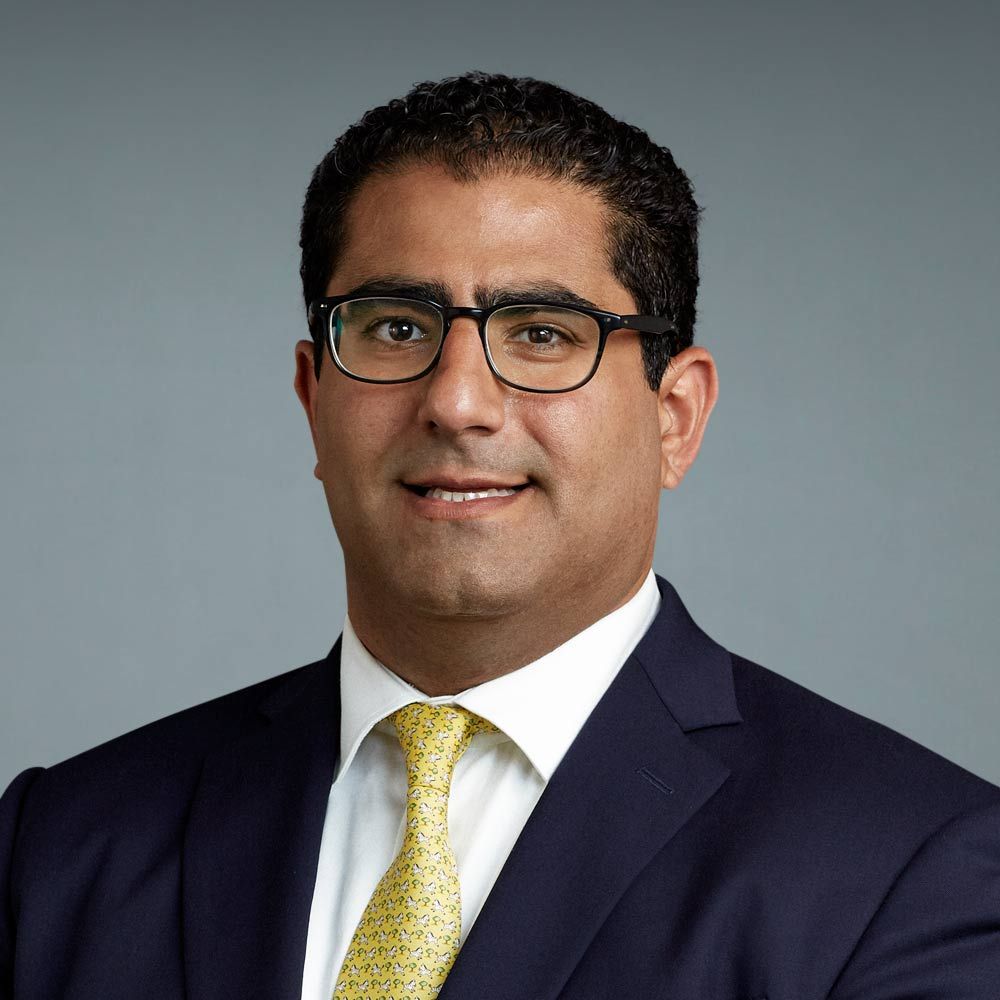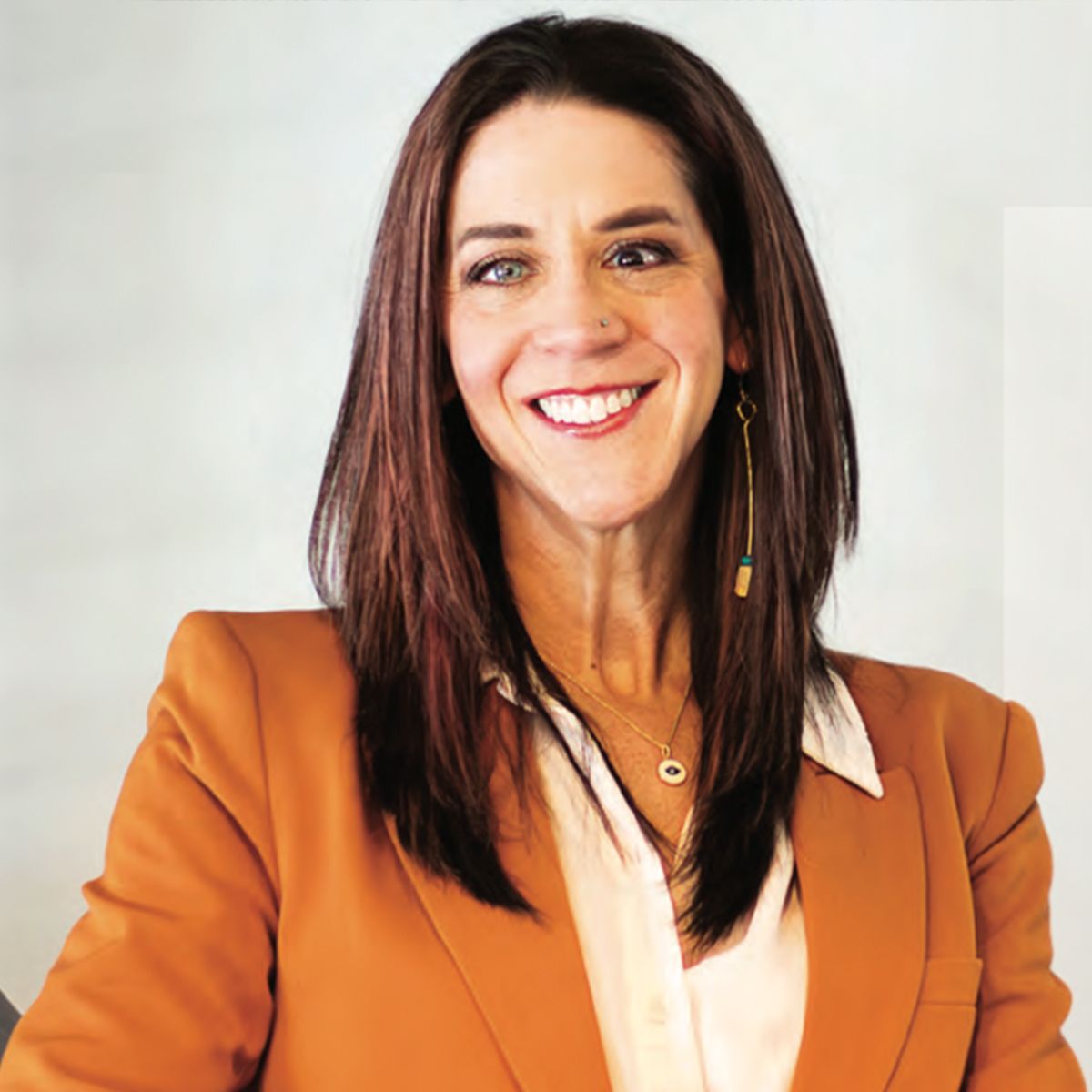Publication
Article
CURE
What Five Years Really Means
Author(s):
Survival statistics mean different things for different cancers.
Looking back, I'm surprised by how calm I was on my recent five-year anniversary of my last chemotherapy treatment for stage 3 locally advanced colorectal cancer. After speed-dialing my cell phone for messages, and getting the “all clear” via voicemail, I didn’t even pull the car over to celebrate. This was night-and-day behavior for me compared with how jumpy, giddy and excited I was (I even found myself singing) at my two-year survival anniversary back in fall 2003.
Don’t get me wrong, I realize Year Five is a malignancy milestone. Of the nation’s more than 10 million cancer survivors, more than six million have survived beyond five years, reports the National Cancer Institute. And some 14 percent, or more than 1.4 million, have lived more than 20 years beyond diagnosis. These, too, are milestones—with, at times, confusing meanings.
In brief, “five-year survival” is a term doctors and researchers use as a benchmark—between themselves. It allows them to compare cases, not predict. And it’s not “five-year cure” for a couple of reasons. Most importantly, five-year survival doesn’t mean you will only live five years. Instead it relates to the percentage of people in research studies who were still alive five years after diagnosis. (When you read of “relative” five-year survival, this refers to subjects who died of non-cancer causes—say a heart attack—that have been removed from the survival rate for that treatment. It makes for a more accurate statistic.)
In brief, "five-year survival" is a term doctors and researchers use as a benchmark—between themselves.
In general, the reason patients latch onto five-year survival stretches back to the years prior to World War II when very few people survived cancer. According to epidemiologist Phyllis Wingo, PhD, chief of the Cancer Surveillance Branch at the Centers for Disease Control and Prevention, five-year survival rates were introduced in the 1930s not to point patients toward notions of a cure, but because cancer specialists back then considered five-year survival a nearly unattainable goal.
For survivors like me, any “what are my chances?” statistic we hear from our doctors in the first year of treatment tends to burrow into our brains and remain. “Of all recurrences in colorectal cancer, 80 percent recur within the first two years,” Alan Venook, MD, associate chief of the medical oncology division at UCSF Comprehensive Cancer Center in San Francisco, told me after Year One. Right then, I psychologically steeled myself to gird for Year Two. Why should five years mean so much more? The answer: It depends on the type of cancer you’re facing. Mine happened to have a critical Year Two, but it’s different with breast or other cancers. And more often than not, oncologists will consciously refrain from using the phrase “five-year cure.”
According to the most recent data collected by the NCI, the five-year survival rate for colorectal cancer is 63 percent. For breast cancer it’s 86 percent, while for cancer of the lung, the five-year rate is just 15 percent. “Different scenarios have different landmarks,” says Dr. Venook. “Breast cancer and prostate cancer might have very long trajectories [of survival after five years], while pancreas cancer does not.” Still, Dr. Venook considers the five-year survival stat, which is helpful if not exactly precise, to be “an important landmark.”
“This notion of ‘five years’ has taken on mythical proportion,” says Julia Rowland, PhD, director of the NCI’s Office of Cancer Survivorship. “It used to be if we got to that point, you would be cured. [But] we still don’t say that.”
Rowland says today, doctors have what in business might be called a “high-end” problem. Beyond recurrence for the original cancer, other common post-five-year survival issues include anxiety and depression, second cancers (for example, leukemia as a result of radiation) and a variety of other possible late effects from therapy. “It’s terrific that we can control cancers in patients for long periods of time,” Rowland says. “But this also allows them to experience such things as fatigue and chemobrain in the short term, and then long-term effects for some that may last for years.”
“The natural history of each cancer and its survivability differs widely,” says Patricia Ganz, MD, director of the division of cancer prevention and control research at UCLA’s Jonsson Comprehensive Cancer Center. She says cancer cells with short, reproductive doubling times, such as testicular cancer and some leukemias, may be more apt to reach the level of medical cure after five years. For instance, if a testicular cancer patient is treated and two years later has a tumor marker test, “and there’s no evidence of cancer coming back, then, for all intents and purposes he is cured,” Dr. Ganz says. “This cancer is not going to come back.”
But solid tumors, such as breast, colorectal and prostate cancers, that have cellular doubling times of 100 days or longer, remain a more mysterious animal. Their microscopic cells can hide, even through apparent remission, evading screening techniques. Long-term behavior of these tumors is tougher to predict, thus the language of survival rates instead of cure.
“I couldn’t wait to put it behind me,” says Karen Levine, a 49-year-old breast cancer survivor, acupuncturist and mother of two from Boulder, Colorado, who recently passed her five-year mark, cancer-free. “It is what it is, but I can also move on.”
Doug Kennedy, Levine’s husband and a chiropractor, adds, perhaps a bit more cautiously, “As someone working in the medical world, I understand that five years isn’t like taking an elevator to another level where we can be totally relaxed. But our consciousness has changed. It’s allowed us to take a deeper breath. Maybe 20 to 25 percent more relaxed.”
In the short run, says Dr. Ganz, many patients receive a disease-free interval where they can lead a productive life. “But there’s nothing magic about five years. And in breast cancer, we should probably be looking at 10 years [as a more helpful guide].”
No matter the numbers, “cancer-free” doesn’t equal “cure.” When I first asked my medical oncologist Dr. Venook what my chances of cure were, he didn’t directly answer. Now, looking back five years, I know why. He tells me he rarely, if ever, uses the word cure in discussing gastrointestinal cancer prognoses with his patients. When delivering news and updates to patients, “I always emphasize that five years is a point beyond which there are very rare occurrences,” Dr. Venook says, “but they do happen.”
He told me whatever the survival rates might be, my case didn’t exactly apply. And he wasn’t being coy. Truth is, at 43, I was younger than most patients in colorectal cancer studies. I also had been treated with somewhat aggressive, experimental chemotherapy and radiation. So we settled on a figure I was comfortable with: There was nearly a 60 percent chance I would be alive in five years based on “current” statistics of patients in similar treatment situations.
“I’m a 10-year survivor now,” says Richard Boyajian, a 39-year-old oncology nurse practitioner at Dana-Farber Cancer Institute in Boston who fought chronic myeloid leukemia. “The way I view it, it’s like getting your AA [Alcoholics Anonymous] chit. You’re only as good as your next drink. I’m kind of ambivalent about the term. But don’t get me wrong”—he says with a bit more gravitas—“it might be a nice goal when you’re not yet five years out.”
Yes, 10 is good. And 20 will be better. But I’m into 50. That’ll give me something to celebrate.
Matthew Levett, of San Francisco, is a two-and-a-half-year colon cancer survivor. “At five years, I want to gather friends and loved ones—celebrate life, my marriage. Maybe the cancer is just a really good excuse to do some celebrating that’s worth doing anyway.”
Levett says on another level, he thinks it’s important to commemorate survivorship occasions, particularly five years. “I want to mark it big and loud.”
The other problem with survival language is comparing apples with applesauce. By their very nature, even the most recent five-year survival statistics are at least six years old. As Dr. Ganz explains, in order to collect and publish meaningful data that can be used in 2007, you need to go “back five years when the treatment started, plus allow for time to gather and publish the results.”
Six years ago, Avastin® (bevacizumab), Erbitux® (cetuximab) and Herceptin® (trastuzumab), among other groundbreaking anticancer agents, either weren’t approved or didn’t have widespread use among colorectal and breast cancer patients. So chances are, says Christy Russell, MD, co-director of the USC/Norris Lee Breast Center at the Keck School of Medicine in Los Angeles, even the best five-year data will be less optimistic than today’s survival odds for patients who received these newer treatments since 2000. She says it’s not that the data are bad; it’s the technical nature of performing accurate, long-term survival studies.
“We can now put women with metastatic cancer into remission for long periods of time, but we cannot promise them a cure,” Dr. Russell says. For the tough cases like metastatic breast cancer, she says, “People would say, on average, survival is about three years. That’s not my experience any longer. That number is not reflective of current therapy.
“There is always a lag between research and your [particular] case. So when people with metastases ask me, ‘How long do I have to live?’ I tell them, ‘I have some cases that are similar who have lived less than a year. And some who are alive at 15 to 20 years with advanced disease.’”
Smack in the middle of those numbers sits Year 10. And smack in the middle of Karen Pollitz’s downtown Washington, D.C., office at Georgetown University sits a colorful crayon-crafted sign that reads: “Happy 10th Anniversary!!!” Created by the Pollitz kids, the abstract artwork doesn’t, however, refer to a wedding day.
As Karen Pollitz, 48, recalls, “My anniversary dates are still depressing. I was [only 37] when this happened. I got up one morning. A mammogram was just another thing to do that day.” Until it came back suspicious, and a biopsy confirmed breast cancer.
“Now, in terms of anniversaries,” Pollitz says, “it’s mostly that I wish that hadn’t happened. I remember when the doctor first told me about the five-year survival rates. Then I said, ‘What have you got in terms of 50-year survival rates?’ I mean, my daughter was just beginning kindergarten. [My doctor] said, ‘That’s not how we count it. We count it in ‘fives.’”
“It’s a crappy disease,” says Pollitz, who for years has researched ways in which cancer patients and survivors can obtain health insurance and coverage for their disease-free futures. “Yes, 10 is good. And 20 will be better. But I’m into 50. That’ll give me something to celebrate. I’m holding out for 50.”






